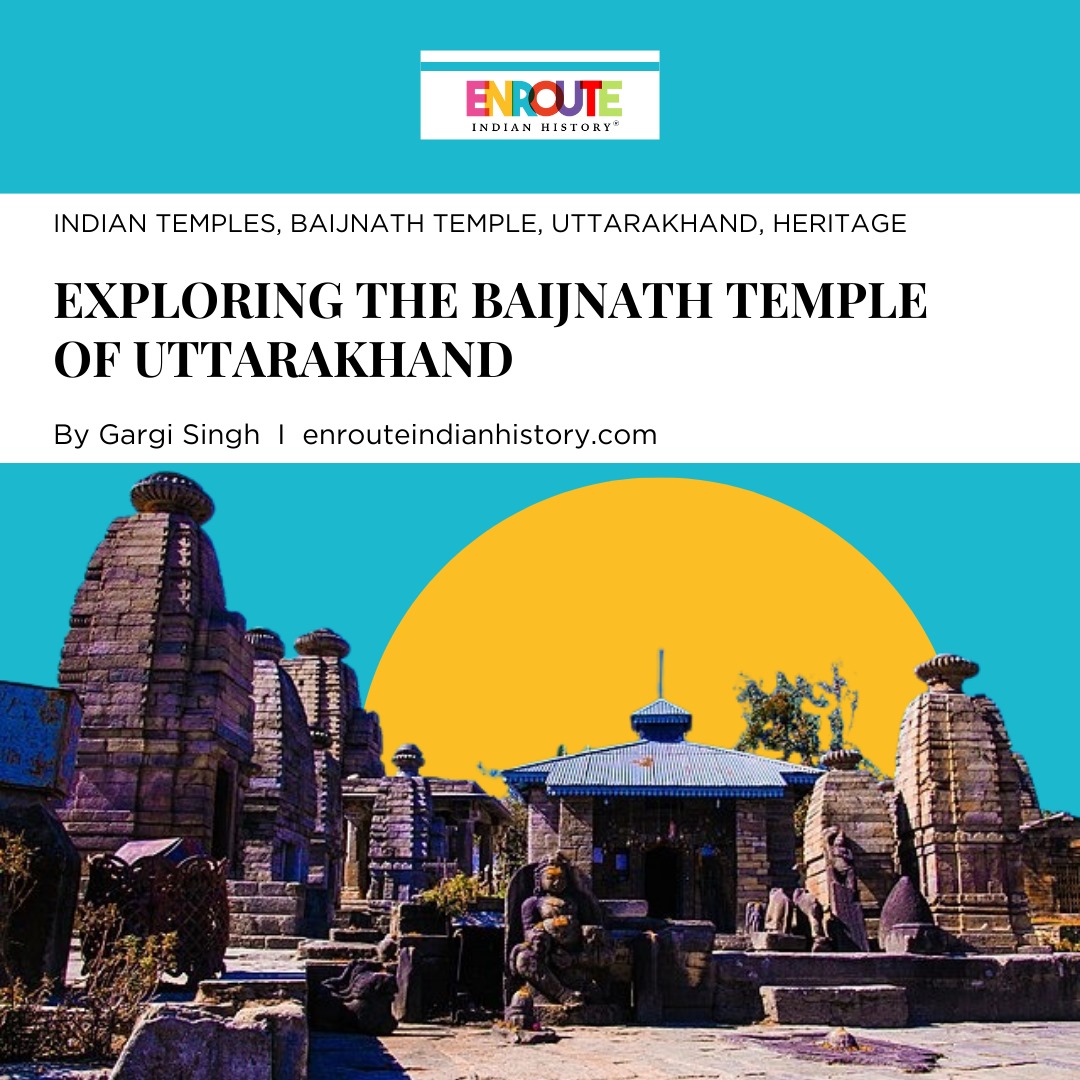
Within infinite myths lies the Eternal Truth
Who sees it all?
Varuna has but a thousand eyes
Indra, a hundred
And I, only two
-Devdutt Pattanaik, Indian Mythologist
The Mahabharata is one of the two major Sanskrit epics of ancient India, dated to the late 4th Millenium BCE, although portions were added to it until much later in the 4th century BCE. It narrates the struggle between two groups of cousins in the Kurukshetra War and the fates of the Kaurava and the Pāṇḍava princes and their successors. The original authorship is generally attributed to Vyasa, who is also a character part of the narrative, i.e., the great war takes place between his biological grandchildren.
The Ramayana relates the story of the upright Surya-vamsis, descendants of the sun, whereas the Mahabharata tells the tales of the dishonest Chandra-vamsis, descendants of the moon, or perhaps Budh-vamsis, descendants of Mercury. These people were notorious for their moral ambiguity.
Since the Mahabharata talks about cousins who divide the family property between themselves, it is never read inside a traditional Hindu household. In fact, it is considered inauspicious. People prefer the Ramayana where brothers selflessly surrender their inheritance to each other.
The Mahabharata is a veritable ocean of knowledge according to C. Rajagopalachari, which can be tapped to understand the sensibilities of the writers or the presumed characters of the epic who lived in the age. One such sensibility that has been widely discussed and has remained a topic of much deliberation is that of the ancient laws prescribed in the epic age and rather, how stringently they were followed as well as the importance attached to the adherence of these laws. This collection of erudition carries enough credibility for the 21st century to be able to compare its own legal codes with that of this famed oral tradition.
The in epic age, one of the foremost raj-dharmas or duties of the king was to ensure a dharmyudha or a just war in opposition to kutayudhha or unfair war. It was kshtriya-dharm to ensure righteousness and to ensure qualities of chivalry and nobility without inflicting an iota of damage to the principles of humanity. The dictums of these laws of war existed in texts such as the Dharmashastra and Dharmasutras as well as the Bhagwad Gita, Manusmriti, Brahmanas, Ramayana and Mahabharata.
One such law that finds cognisance in our society is that of the protection provided to the ambassador of a rival king. The recognition of this international law finds proof in two facts, one that the post of ambassador was reserved for people of the highest ability (in this case, Lord Krishna) and that the ambassador enjoyed diplomatic immunity. This was such well-established a law that it finds mention in the Mahabharata as an ‘Ancient Law’. When Lord Krishna visited the court of Duryodhan as a final attempt to make peace, Duryodhan suggested imprisoning him to teach the Pandavas a lesson. This greatly shocked all members of the assembly, even his own father who was known to turn a metaphoric and literal blind eye to his son’s problematic exploits. This so greatly offended the eldest member of the assembly, the Grandsire Bhismapitama, that after admonishing Duryodhan, he left the assembly in fury. He later again affirmed the inviolability of an ambassador’s person and said that any sovereign who kills an ambassador goes to hell.
Ram Dhari Singh ‘Dinkar’, an Indian poet and academician, wrote a piece titled ‘Krishna ki Chetavani’ highlighting this very event. This became a sacrosanct law and even Kautilya mentioned it and said that the ambassador is essentially relaying the messages of another; his words are not his own and thus, he may not be punished for the same. This finds parallels in the international laws governing the international space in our own times such as the Vienna Convention on Diplomatic Relations of 1961. The inviolability of diplomatic convoys, the assurance of safe passage, diplomatic immunity offered to the family and no interference even in their residence are all important steps taken in the international space to ensure the safety of diplomats in hostile territories. Measures like these have allowed people like Julian Assange to escape police custody for 7 years inside the Ecuadorian Embassy.
Another law mentioned in the epic is that of Cognizance (Sec 3 of the Indian Evidence Act) or whatever it is that one is conscious of. This came into play when it came to cremating the fallen warrior Karna, son of the Surya, sixth brother of the Pandavas and the General of Duryodhan’s army. Due to his ties with both camps, there was debate regarding who shall cremate him. Finally, Arjun was asked who he killed Karna as, his brother or the Kaurvan General, or rather, he was asked what was he conscious of while taking Karna’s life. Naturally, he responded that he killed Karna knowing that he was the Kaurvan General and unaware of the fact that he was their lost eldest brother. Thus, it was decided that Duryodhan shall carry out the last rites of Karna. In today’s practice, this law is used to consider the facts of the case, which included the internal facts like the opinions, intentions and choices of a person.
The Kurukshetra war also sees mention of many other laws during its course. They are many which find relevance in today’s time as well. Manu stated that “persons walking on the road, not participating in the conflict, or mere travellers, or those who are engaged in eating and drinking, or pursuing their special avocations or activities, or conducting diplomatic errands, and of course the Brahmins, unless they are engaged in the war, were not to be killed.” The Geneva Convention Relative to the Protection of Civilian Individuals in Time of War can be cited as the source of this.
Regarding the concept of distinction, the ancient Indian rules of war drew a definite line between civilians and belligerents. Article 48 of the Protocol Additional to the Geneva Conventions and Relating to the Protection of Victims of International Armed Conflicts both of which protect civilians from military activities include the same idea.
According to the regulations outlined in the Rig Veda, it is unlawful to strike someone from behind, cowardly to poison an arrow’s point, and vile to harm the weak or elderly, children, or women. This is relevant to another article of the Geneva Conection which deals with the General Protection of Populations Against Certain Effects of War.
Manu also outlined several guidelines that all sides in a conflict should abide by, including fighting among equals, banning group assaults on a single soldier, and not killing a warrior who was temporarily outmatched in combat. The Book of Bhisma lays down similar rules- “there should be no trickery, and one should always fight with someone who is his equal (in age, rank, experience…) and respond in kind. When there is a verbal attack, one responds with a verbal attack; a warrior on a chariot fights only against another chariot, etc. One who is leaving the battle should not be killed, one should always warn his opponent before striking him, a warrior should never strike someone who is unsuspecting or afflicted, someone who is engaged with another, who is inattentive or not facing his opponent, who has lost his weapons or is deprived of armour. Charioteers, horses, those who bring weapons, and drummers or conch-blowers should never be attacked”.
These laws however were broken by both sides in the Mahabharata. The killing of Abhimanyu, son of Arjun who was outmatched six to one by warriors much more experienced than him and who were on chariots as compared to him, who was on his feet; opened the floodgates for this. The killing of Drona by using the elephant Ashwathama, Bhishma by using Shikhandi, Bhurisravas by Arjun and Satyaki, Karna while he was unarmed and fixing the spoke of his chariot, Jayadratha by temporarily hiding the Sun by Krishna and Duryodhan by striking him below the torso are all examples of how the ancient codes were manipulated and broken by Pandavas using Abhimanyu’s death as a justification. The Kauravas similarly responded in kind when Ashwathama entered the Pandava camp at night and killed the innocent 5 Pandava sons believing them to be the Pandavas as a form of revenge for the death of his father and Duryodhan.
In addition to this, Ashwathama also directs the use of the celestial weapon Brahmastra to Utaara’s womb which had the late Abhimanyu’s unborn child. As punishment for this, Krishna directed him to cut out the gem from his forehead and as he was blessed to be immortal, Krishna directed him to roam the Earth until the end of time to seek sympathy. However, this affected him worse as now he was fated to bear the fruit of his sins until Kaliyuga. According to the Indian Penal Code, anybody who intentionally tries to hurt an unborn child is punished with imprisonment of either description for a term which may extend to ten years, with a fine, or with both.
Thus, it is evident that many of the laws practised in current societies are perhaps a direct continuation, if not in word then in spirit from their ancient texts and practises of their epics and antiquity. The same may be said for Western civilizations and Greek mythology. The sensibilities of the Ancients and consequently, the stories that the Ancients wrote are thus rich in matters of justice and the rule of law.
Bibliography-
Humanitarian Law and Mahabharata: Tracing Contemporary Principles of Law in Indic, Mar Gregorios College Law Review, A Socio-Legal Research Journal (MGCLR), Vol. 01, 2020, pages 32-40.
Fleck, Dieter, et al., eds. The handbook of humanitarian law in armed conflicts. Oxford University Press, USA, 1999.
RV, Radhika. “Revisiting the Ancient Indian Laws of Warfare and Humanitarian Laws.” IndraStra Global 3.3 (2017): 4.
Penna, L. R. “Humanitarian Law in Ancient India.” The Military Law and the Law of War Review 23.1-4 (1984): 235-239.
References-
Addley, Esther. “The Seven-year Itch: Assange’s Awkward Stay in the Embassy.” The Guardian, 12 Apr. 2019, www.theguardian.com/media/2019/apr/11/how-ecuador-lost-patience-with-houseguest-julian-assange.
The Vienna Convention of 1969 on the Law of Treaties and Humanitarian Law. Cambridge UP, 1 July 1972, doi.org/10.1017/s0020860400078827.
Cahier, Philippe. “Vienna Convention on Diplomatic Relations.” Int’l Conciliation 37 (1967): 5.
- April 18, 2024
- 5 Min Read
- April 18, 2024
- 7 Min Read


























